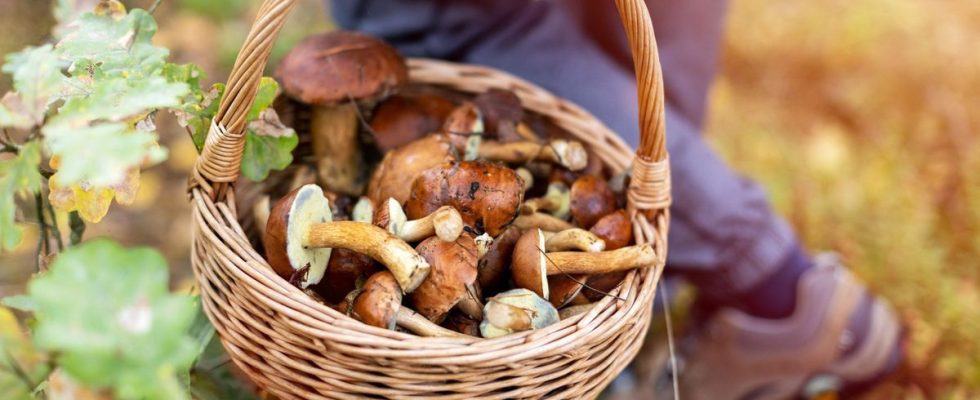Published on
Updated
Reading 2 min.
For the first time in France, mushrooms are the subject of a red list which lists threatened species. Carried out by several associations, this inventory is however far from exhaustive, to the extent that the level of knowledge of the dangers weighing on mushrooms in France is still underestimated.
More than 300: this is the number of species of mushrooms recorded in France. Far from being rare, the survival of a good number of them is however threatened, as shown by this new list produced by the International Union for Conservation of Nature (IUCN), the French Office of Conservation. biodiversity (OFB) and the National Museum of Natural History (MNHN), in collaboration with the AdoniF Association. Among the 319 types of mushrooms known in France, 12 of them are considered threatened. This is particularly the case for several species belonging to the famous family of boletus, milkweeds or tricholomas. Within this dozen threatened species, several are considered “critically endangered” or “endangered”, such as the Reticulated Willow Milkwort, the Lead Bolete, the Ruby Bolete and the Boreal Yellowing Milkwort. Others are classified as vulnerable, such as the Pastel Pink Bolete, the Peat Milkwort and the Oak Horse-whip. Finally, sixteen other species are about to be classified as threatened species.
The threats to these mushrooms are directly linked to human activities. Intensive forestry, the conversion of certain forests into agricultural land, as well as urbanization and tourist developments in the mountains, strongly contribute to the degradation, or even destruction, of their natural habitats. Forest fires and drought episodes amplified by climate change also pose a significant threat, as many species of fungi thrive in cool, humid environments. “Other pressures such as drainage and filling of wetlands, application of fertilizers and fungicides or intensive grazing also affect these species.“, precise a statement published at the beginning of April by the organizations behind this list.
But the dangers that await these emblems of the forests, traditionally associated in our minds with autumn harvesting, still remain unknown: this is why the creation of a list specially dedicated to them is important. “If only 3.8% of mushrooms appear threatened today, this percentage should increase when knowledge has progressed to clarify their conservation status,” underline the authors of the list. Before specifying that “despite the threats to their natural habitats, no species of mushrooms is to date the subject of a dedicated conservation program or specific protection measures”.
